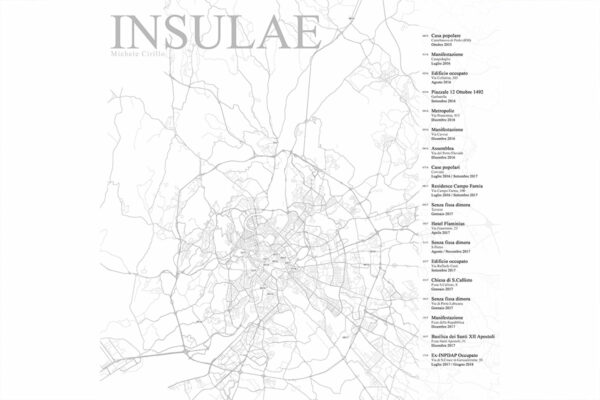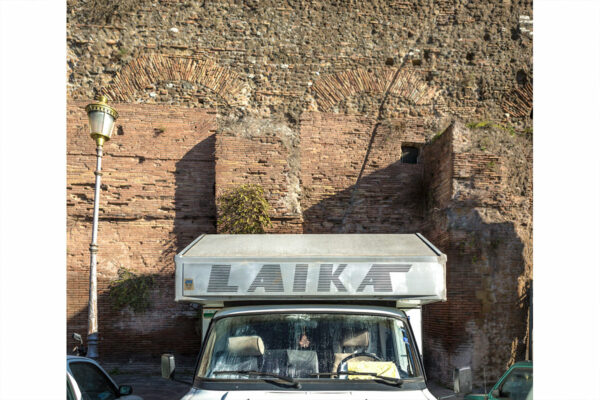Rome, Italy /2015-2018
Photographic investigation on the Roman housing emergency
Having grown up in a council house in the province of Rome, I had always wanted to understand how the housing policies of the capital work, because this problem has always seemed to be systemic and inherent in the city and the solutions put in place to stem it more or less functional. Starting from this question, for four years I engaged in a photographic documentation on this subject that led me to visit public housing, residences, squatted buildings and numerous homeless people with the desire to create a real “visual database” of this – increasingly important and present – social problems.
The term isolated derives from the Insula Romana (Insulae), the typical example of a popular house where the greatest part the population used to live since the 4th century BC. The insulae were very different from the splendid Domus, the stately homes, but they were a necessity because of the ever-increasing population. Like the current condominiums, in the insulae the space in height was exploited reaching up to the sixth floor as the famous Insula Felicles which was considered a real skyscraper at that time. Soon the insulae became the most widespread type of dwelling in Rome and their construction became soon part of a profitable lucrative activity which saw building contractors – the only ones who were allowed wheeled traffic even during the day – have built the tallest buildings ever, with thin walls and poor materials in order to get greater margins on the construction.
The Roman situation is incomparable to the rest of Europe, due to its complexity and bad management: there are more than 50,000 citizens in housing emergency, without a dwelling or awaiting eviction and there are more than 200,000 apartments left empty or vacant to feed the building and financial speculation that reigns in Rome from the times of the glorious empire.
In the last 20 years, politics and administration have effectively put an end to public housing and since there is no plan to contain rental costs, we give carte blanche to those who control the real estate market both on rents and mortgages.
In the history of Rome’s urban growth there have been many periods of intense population growth, from the assumption of capital status to the era of fascism, up to the decades following the second post-war period, when the Roman population exceeded 2 million inhabitants. The agglomerations of shacks have always been a constant in the history of the city, spontaneously born in many areas together with the various hamlets created by social housing institutions, such as Ina-Casa, GESCAL, ICP, Unra-case, INCIS merged into ATER (Azienda Territoriale per l’Edilizia Residenziale pubblica del comune di Roma).
Over the years housing policies – municipal and regional – have allowed the construction of urban agglomerations such as Ponte di Nona, Porta di Roma, Tor Pagnotta, which seem to have served only to smash hundreds of thousands of people out of the city center. In fact, marginalizing them. The housing movement organizations seem to be the only ones that since the second half of the 20th century have carried on a concrete and specific struggle in the city of Rome, becoming in many cases the only instruments of resistance that have been able to hold up to the various municipal administrations and to a continuous alternation of politicians.



































